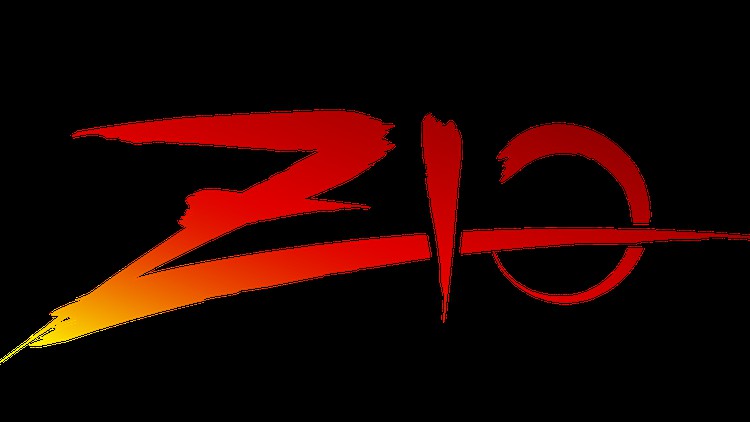
Learn ZIO Framework and its basics
What you will learn
ZIO basic concepts using Zio 1.0
ZIO 1.0
Error Handling and Resource Handling using ZIO
Concurrency using ZIO
Description
ZIO is a Scala next-generation framework that allows us to write powerful, concurrent, and high-performance applications in Scala using pure functional programming.
ZIO basically describes an “effect” in the code. It gives you a powerful model that allows us to compose any kind of action, and deal with parallelism, concurrency, and coordination, using the scale powerful type-system.
The ZIO library also comes with powerful tools built on real-life practices and design patterns, so we can write more easily composable and performant code.
With a beginner-friendly yet powerful functional core, ZIO lets developers quickly build best-practice applications that are highly scalable, testable, robust, resilient, resource-safe, efficient, and observable.
In this course we covered the basic concepts for ZIO-like effects, then deep dive into how to handle errors and resources and finally touch on the concurrency concept i.e fibers in ZIO.
Modules –
The first module covers the basic introduction and how to set up the project on your local and run the hello world example.
The second module talks about effects, chaining effects, and different operations.
The Third module talks about the error handing techniques used in ZIO. Here we can see live examples of how to use Either, fallbacks and folding mechanisms, or catching and retrying techniques.
The Fourth module talks about handling the resource covering the topics like acquiring and release of actions, finalizing, etc.
The Fifth video section then lets you understand the concepts of Fibres, a parallel and concurrent processing toolkit in zio.
The end result is powerful applications.
Content